Here's an idea with toy data since the question is not reproducible. Hopefully it helps
R> foo = ts(rnorm(36), frequency = 12, start = 2001)
R> plot(foo, xaxt = "n")
R> tsp = attributes(foo)$tsp
R> dates = seq(as.Date("2001-01-01"), by = "month", along = foo)
R> axis(1, at = seq(tsp[1], tsp[2], along = foo), labels = format(dates, "%Y-%m"))

ggplot version with data that looks like yours
R> df = data.frame(date = seq(as.POSIXct("2001-01-01"), by = "month", length.out = 36), pcp = rnorm(36))
R> library(ggplot2)
R> library(scales)
R> p = ggplot(data = df, aes(x = date, y = pcp)) + geom_line()
R> p + scale_x_datetime(labels = date_format("%Y-%m"), breaks = date_breaks("months")) + theme(axis.text.x = element_text(angle = 45))



